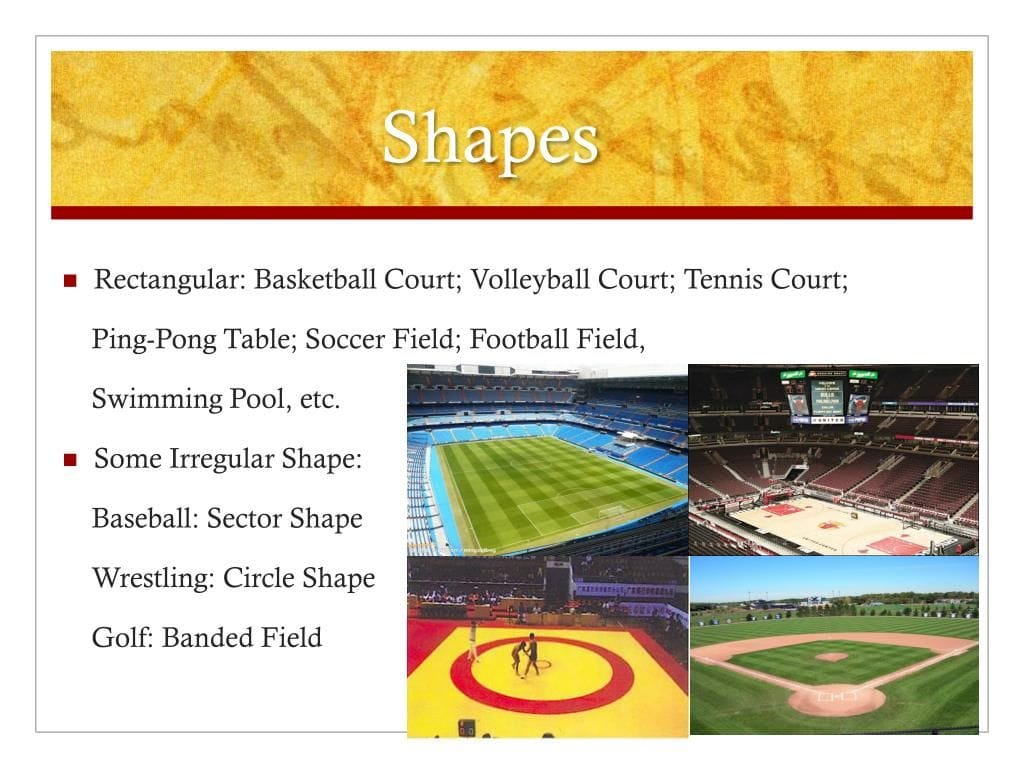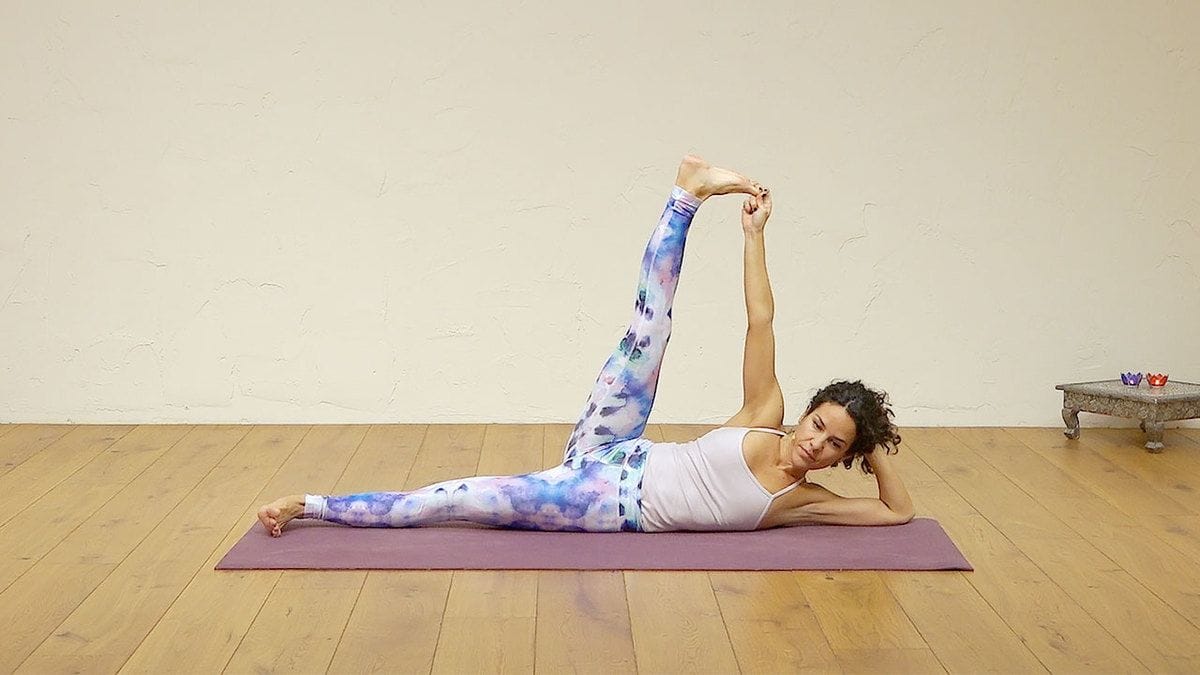
Geometry is an essential part of various aspects of life, and sports is no exception. The study of shapes, sizes, and positions of objects has a significant impact on athletic movement, influencing how athletes perform and interact with their environment. From the curvature of a soccer ball to the angular momentum of a golf swing, geometry plays a crucial role in understanding the mechanics of sports.
The Fundamentals of Geometry in Sports

Geometry in sports involves the application of geometric concepts to understand the motion of athletes, the trajectory of projectiles, and the spatial relationships between objects. By analyzing the geometric aspects of athletic movement, coaches and trainers can identify areas for improvement, optimize techniques, and reduce the risk of injury.
Types of Geometry in Sports
There are several types of geometry that are relevant to sports, including:
Euclidean geometry: Deals with the study of shapes, sizes, and positions of objects in space. Euclidean geometry is essential for understanding the motion of athletes, the trajectory of projectiles, and the spatial relationships between objects. Analytic geometry: Involves the use of coordinates and algebraic methods to study geometric shapes. Analytic geometry is useful for analyzing the motion of athletes and objects in sports. Differential geometry: Focuses on the study of curves and surfaces. Differential geometry is essential for understanding the motion of athletes and objects in sports, particularly in high-speed activities like downhill skiing and cycling.
The Role of Geometry in Athletic Movement

Geometry plays a crucial role in athletic movement, influencing how athletes generate power, speed, and agility. By analyzing the geometric aspects of athletic movement, coaches and trainers can identify areas for improvement, optimize techniques, and reduce the risk of injury.
Angular momentum: The product of an object's moment of inertia and its angular velocity. Angular momentum is essential for understanding the motion of athletes in sports like golf, tennis, and gymnastics. Torque: A measure of the rotational force that causes an object to rotate. Torque is crucial for understanding the motion of athletes in sports like baseball, soccer, and rugby. Center of gravity: The point where the weight of an object can be considered to be concentrated. The center of gravity is essential for understanding the balance and stability of athletes in sports like gymnastics, surfing, and skateboarding.
Applications of Geometry in Sports

Geometry has numerous applications in sports, including:
Biomechanics: The study of the movement of living organisms. Biomechanics involves the application of geometric concepts to understand the motion of athletes and the spatial relationships between objects. Sports equipment design: Geometry is essential for designing sports equipment like balls, bats, and rackets. By analyzing the geometric aspects of sports equipment, manufacturers can optimize performance and reduce the risk of injury. Athlete tracking: Geometry is used to track the motion of athletes during competition. By analyzing the geometric aspects of athletic movement, coaches and trainers can identify areas for improvement and optimize techniques.
Case Studies: Geometry in Action

Golf swing analysis: Geometry is used to analyze the motion of golfers during their swing. By analyzing the geometric aspects of the golf swing, coaches and trainers can identify areas for improvement and optimize techniques. Tennis serve analysis: Geometry is used to analyze the motion of tennis players during their serve. By analyzing the geometric aspects of the tennis serve, coaches and trainers can identify areas for improvement and optimize techniques. Soccer ball trajectory analysis: Geometry is used to analyze the trajectory of soccer balls during flight. By analyzing the geometric aspects of the soccer ball's trajectory, coaches and trainers can optimize shooting techniques and reduce the risk of injury.
Conclusion
Geometry plays a vital role in understanding athletic movement and optimizing techniques in sports. By analyzing the geometric aspects of athletic movement, coaches and trainers can identify areas for improvement, optimize techniques, and reduce the risk of injury. As technology continues to advance, the application of geometry in sports will become increasingly important, enabling athletes to perform at their best and achieve their goals.
What is geometry in sports?
+Geometry in sports involves the application of geometric concepts to understand the motion of athletes, the trajectory of projectiles, and the spatial relationships between objects.
What are the types of geometry in sports?
+There are several types of geometry that are relevant to sports, including Euclidean geometry, analytic geometry, and differential geometry.
What is the role of geometry in athletic movement?
+Geometry plays a crucial role in athletic movement, influencing how athletes generate power, speed, and agility.